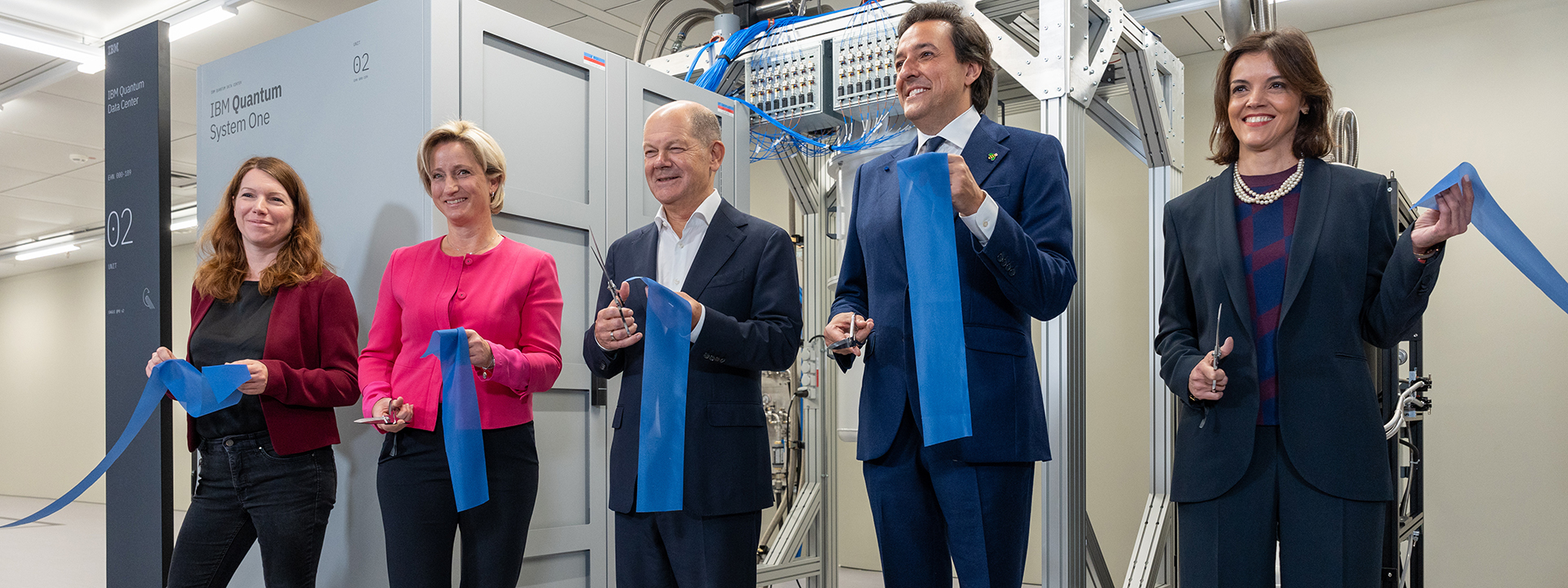
Unlocking the World of Programming: My Journey Through Harvard’s CS50 Course
As a beginner in the programming realm, I often found myself staring at lines of code with a mix of excitement and confusion. Enter Harvard University’s CS50, an online course that promises to demystify programming and offer a structured path for novices like myself to learn the fundamentals of several programming languages: C, Python, SQL, and JavaScript.
The starting point of my coding journey at Harvard.
What is CS50?
CS50, also known as the Introduction to Computer Science, is a free online course provided by Harvard University. It’s known for its engaging format taught by Professor David J. Malan, who makes even the most complex concepts approachable with his charismatic teaching style. The course is not only educational but also somewhat of a rite of passage for anyone serious about learning to code, especially for those who are daunted by the sheer volume of technical jargon often encountered in programming documentation.
The curriculum covers critical aspects of computer science and programming theory, presenting topics such as algorithms, data structures, and memory management, along with hands-on experience through problem sets that help reinforce what we learn in lectures. Studying the first few modules gave me a sense of community as we worked through challenging tasks together, united by the ultimate goal of mastering programming.
Starting with C: A Solid Foundation
Diving into C as the first programming language was certainly an eye-opener. C is often described as a low-level programming language that interacts closely with hardware, making it both powerful and complex. As someone who initially thought I could skip straight to Python’s user-friendly syntax, I learned the importance of understanding low-level operations to enhance my programming skills.
By tackling tasks in C, I grasped fundamental concepts such as memory management and how variables are stored, paving the way for a deeper comprehension of programming languages. This initial struggle with syntax and pointers was daunting, but it also provided me with a robust foundation that made subsequent languages much easier to understand.
Exploring Python and SQL: Ease Meets Functionality
Transitioning from C to Python felt like stepping into a more forgiving world of programming. Python’s syntax is clear and straightforward, making it an ideal next step for beginners. It is almost like a breath of fresh air after wrestling with C’s complexity. Moreover, Python is widely regarded for its versatility, and learning it allowed me to explore various applications, from web development to data analysis.
Additionally, the course introduced SQL for database management. Understanding how to manipulate data effectively has become increasingly crucial in today’s data-driven world. The combination of Python with SQL opened new avenues for me, allowing me to envision real-world applications for the skills I was acquiring.
“Learning to program is like learning a new language; it opens up possibilities to communicate in ways you never thought possible.”
This quote encapsulates my experience. I have experienced firsthand how programming empowers not just personal projects but potentially transforms entire careers.
Engagement with complex data structures and algorithms.
The Role of AI in Learning to Program
Artificial Intelligence (AI) has become a buzzword in almost every field, bringing with it a wave of tools that can aid the learning process. I found that while CS50 provided a solid foundation, there are resources like chatbots that can assist with coding queries almost instantaneously. These AI-driven platforms can bolster a new programmer’s confidence and clarify doubts effectively. However, it’s crucial to strike a balance — while AI can facilitate understanding, the real learning comes from grappling with code independently.
Web Development: Documentation Reading and Practical Application
Through the course, I was often reminded of the importance of documentation in programming. Whether it’s the official language manual or community forums, proper documentation is invaluable. As we tackled web development in the latter part of CS50, I learned to navigate critical resources effectively and to put this knowledge into practice.
The power of documentation cannot be overstated; it allowed me to troubleshoot errors and implement solutions more readily, ultimately enhancing my learning curve. Each coding challenge required not just applying concepts, but also researching and adapting solutions — a vital skill in the ever-evolving tech industry.
Conclusion: Worth the Investment?
Having dedicated approximately 120 hours to CS50, I can confidently say that the course is well worth the investment. Not only did I learn how to code, but I also gained insights into the broader aspects of computer science that will serve me well as I continue my programming journey. The skills acquired during this course can foster creativity, troubleshoot real-world problems, and translate abstract ideas into tangible applications.
For anyone contemplating a dive into programming, CS50 is an excellent place to start. The structured curriculum, engaging lectures, and supportive community make challenges manageable while instilling a sense of achievement and fostering a love for technology.
As someone who once feared coding, my time in CS50 has transformed my perspective. I now view programming not just as a skill, but as a key that unlocks a world of opportunities — an essential tool that will undoubtedly shape my future endeavors in technology.
The journey to decoding the complexity of programming.















